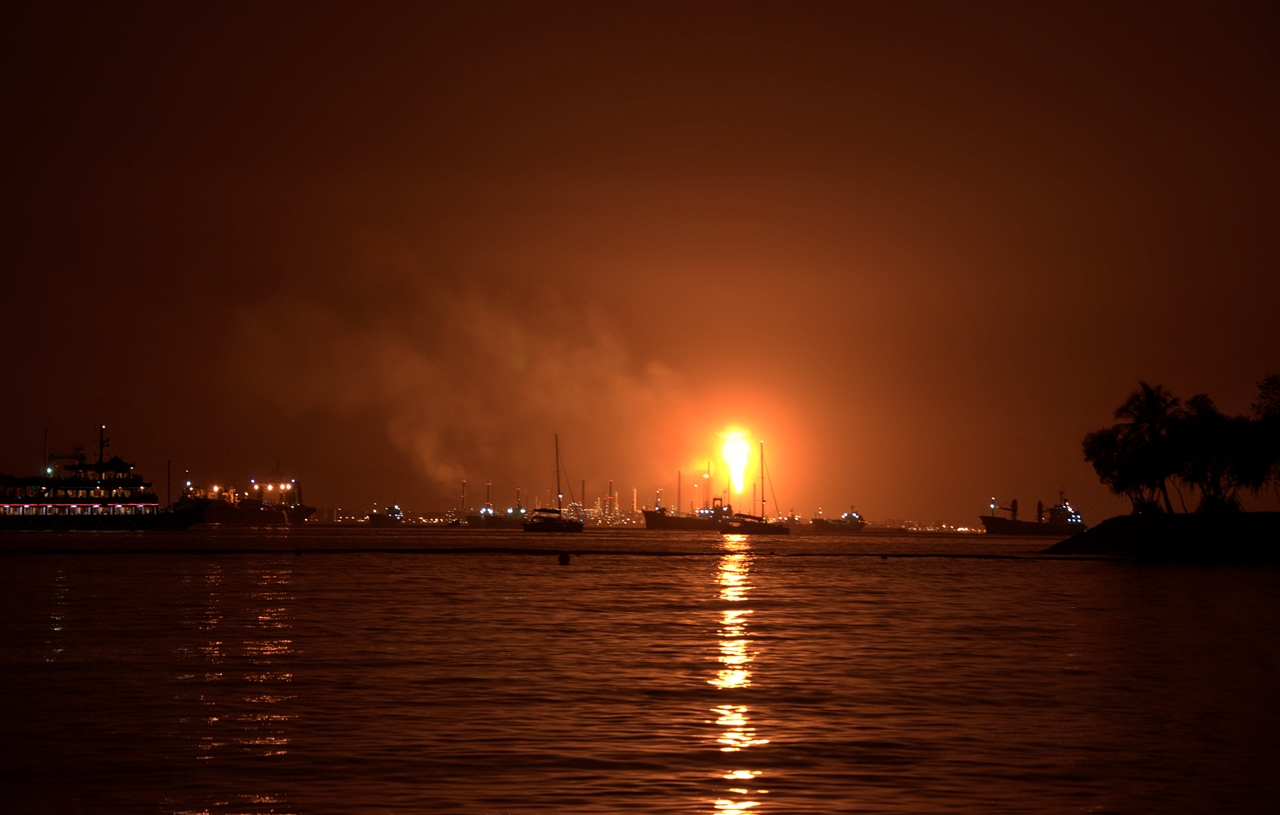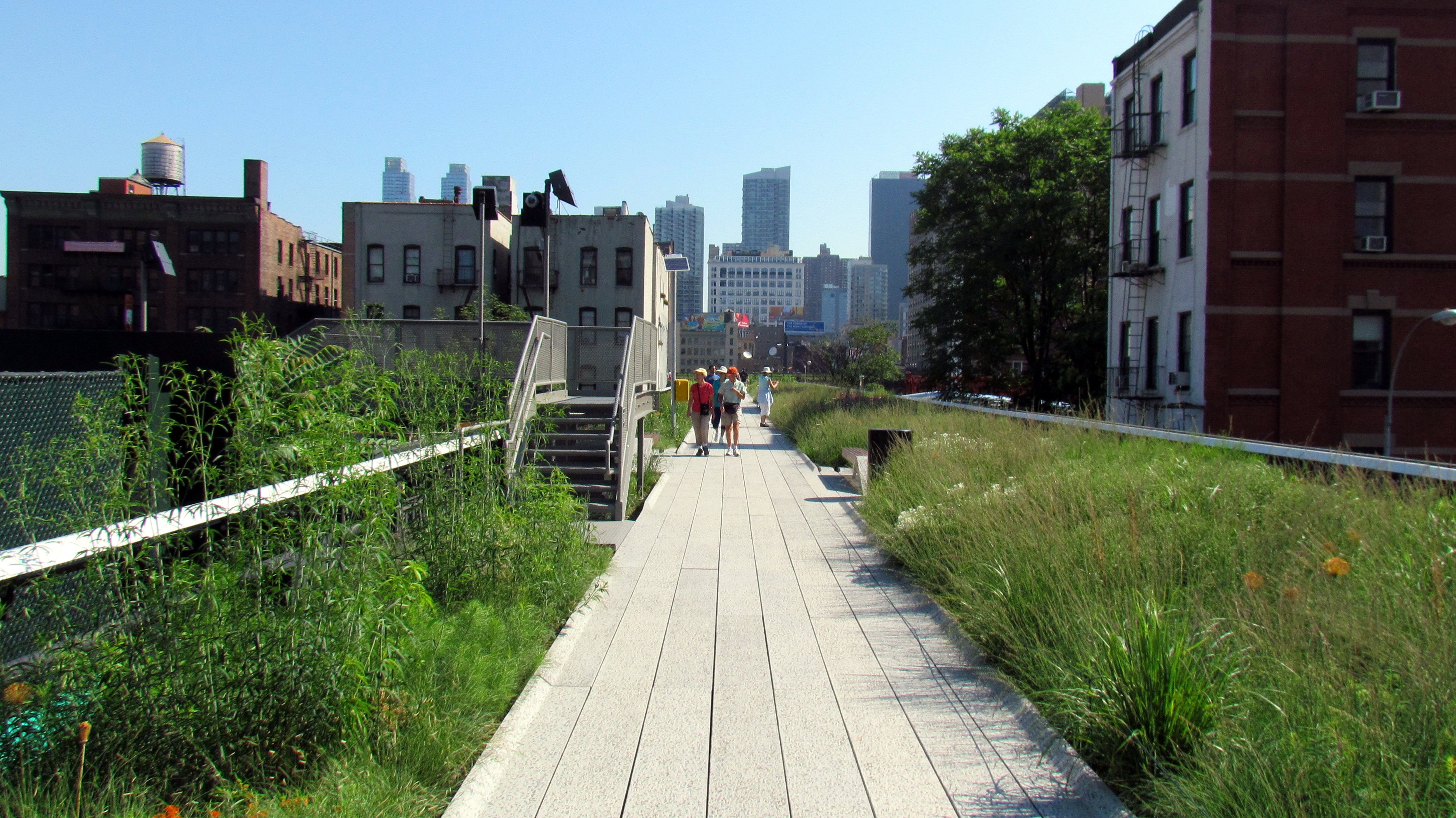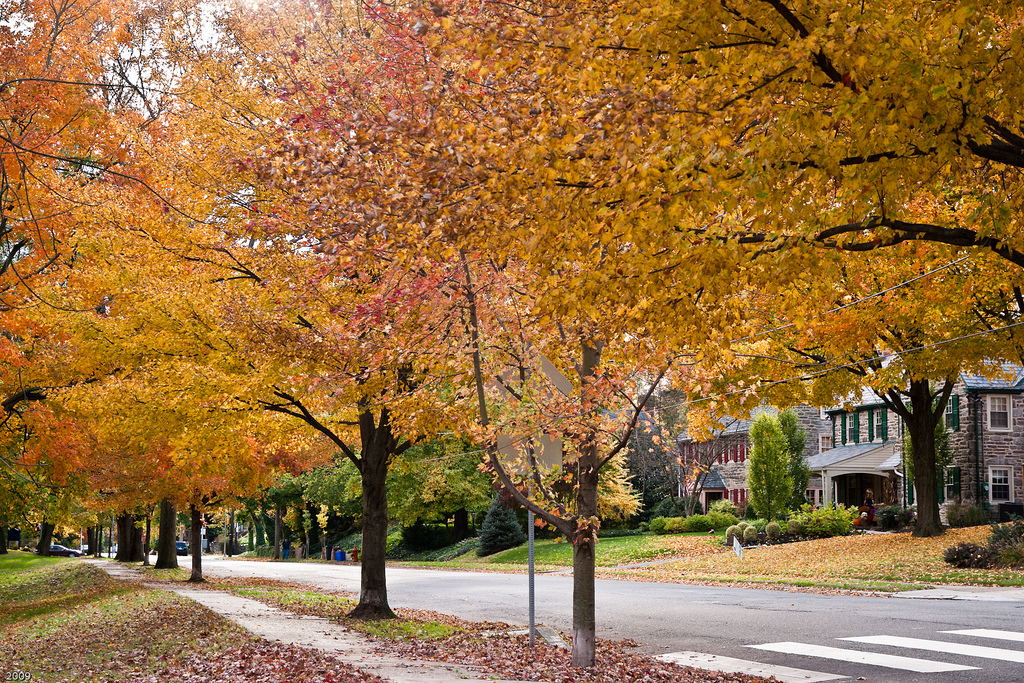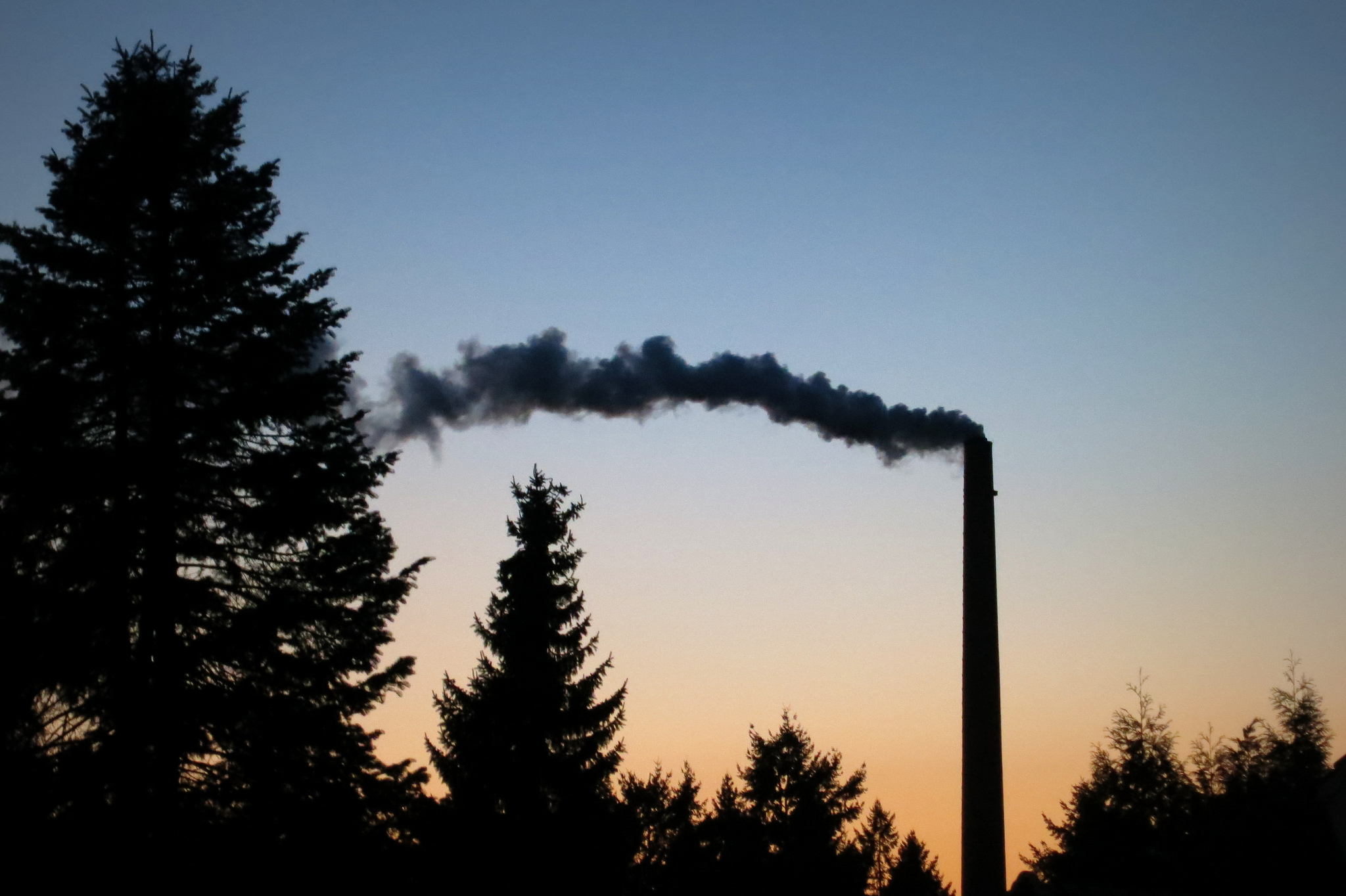trees
Fir Trees And Butterflies
We have done a number of stories about the sad state of the monarch butterfly and how their numbers have dropped from a billion to only 33 million as of a couple of years ago. Biologists in the U.S. have been trying to restore the summer habitat of the butterflies by urging the planting of milkweed, which is the primary host plants for monarch butterfly caterpillars.
Lake Ohrid: Respecting An Elder
Nestled in the mountainous border between southwestern Macedonia and eastern Albania, Lake Ohrid is a deep, ancient lake. Its waters provide refuge to hundreds of plants and animals that live nowhere else, including seventeen species of fish.
Pulling Carbon Out Of The Air
The world is increasingly united in the desire to reduce carbon emissions into the atmosphere. There is much emphasis on reducing and someday eliminating our use of fossil fuels, which is the main culprit in the situation we find ourselves in today. More and more we are embracing the use of renewable energy sources to produce electricity and we are starting to slowly move away from internal combustion engines to power our cars.
Road Salt
Snow season is here. The chances are good you’ll find yourself behind a truck spreading salt on the roads in an attempt to deice them. You may even try a little salt on your own front porch. Annually we spread about 20 million tons of road salt in the U.S., and we’ve been doing it since the late 1930s.
Cutting Down Costs Instead of Trees
Epson, one of the world’s most recognizable printer companies, recently announced a green innovation that could fundamentally change the office.
Feast Before The Famine
New York’s Hudson Valley is experiencing a “mast year.” Mast refers to the seeds of woody plants that are eaten by wildlife. “Soft mast” has seeds surrounded by fleshy pulp, and includes berries and fruits. “Hard mast” has seeds protected by an outer coat, such as acorns and hickory nuts.
Plugging Methane Leaks
Natural gas, also known as methane, is one of several “greenhouse gases” that trap heat radiation trying to leave the Earth. Molecule-for-molecule, methane warms our planet’s atmosphere about 25X more than carbon dioxide.
Planning Cooler Cities
Anyone who has walked the streets of New York City or Washington, D.C. on a stifling summer day can attest to the fact that cities feel hotter. It’s not a matter of perception.











